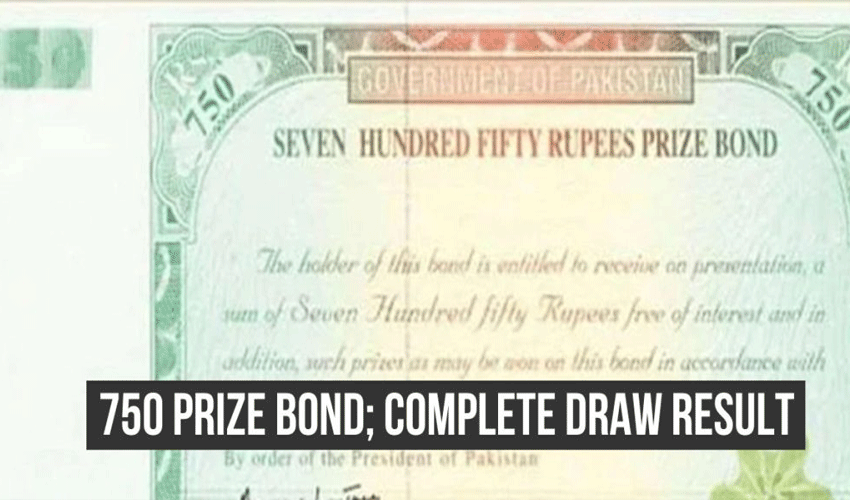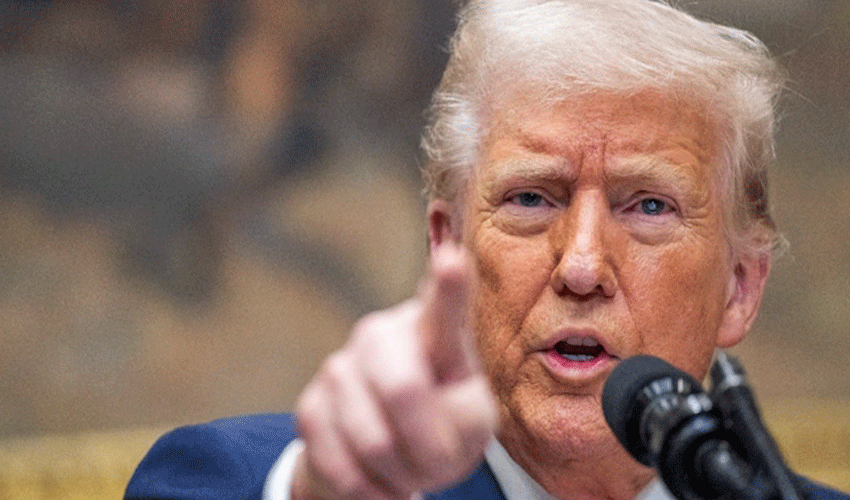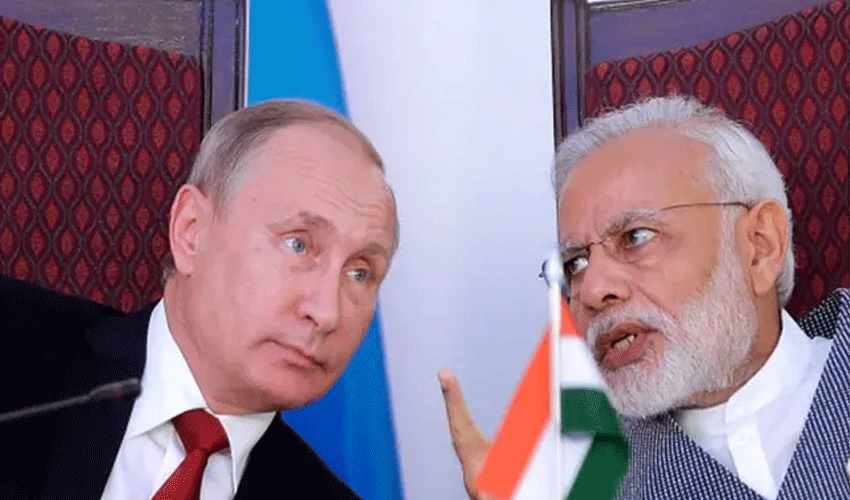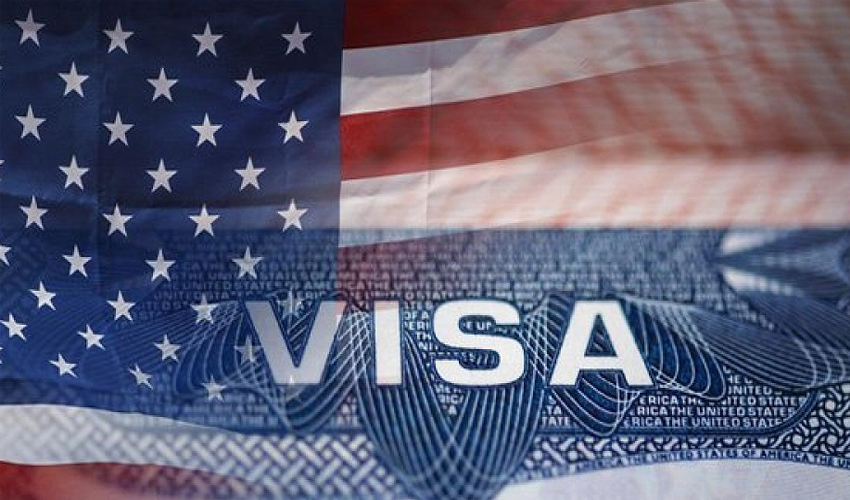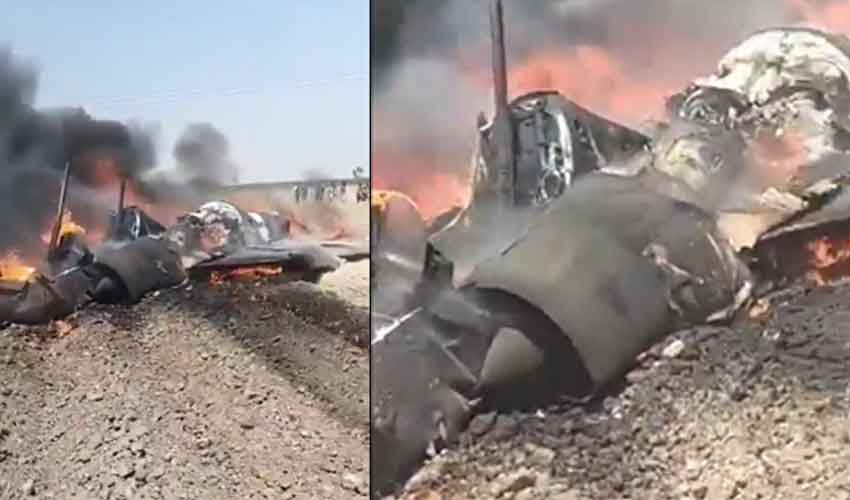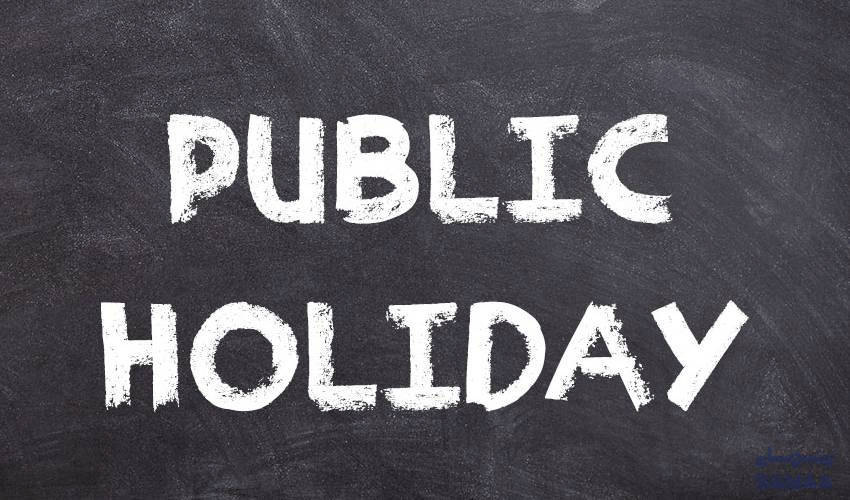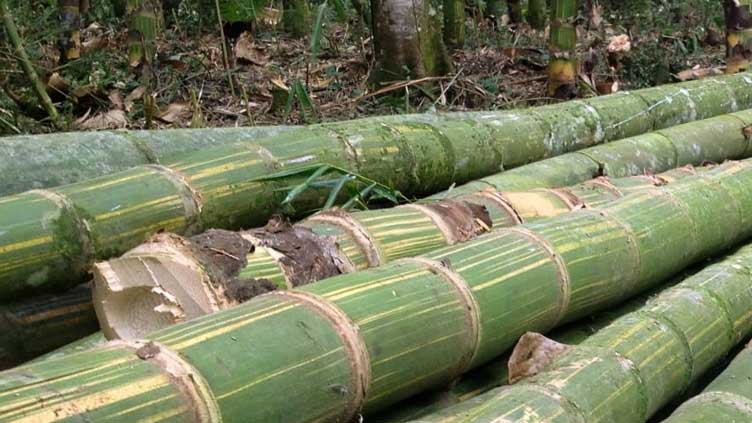Social media is not just a passive observer in South Asia’s conflicts—it has evolved into an active participant. With every tweet, post, or video, narratives are framed, emotions are stirred, and in some cases, conflicts are exacerbated. The ability of these platforms to shape public perceptions has made them indispensable tools for journalists, activists, and political entities alike.
However, this unprecedented power also carries inherent risks, as misinformation and hate speech often thrive alongside authentic narratives. This intricate role of social media in conflict reporting calls for a deeper exploration of its influence, potential, and pitfalls.
New guardians of stories
In South Asia, where traditional media is often constrained by political pressure or censorship, social media has emerged as a liberator of suppressed stories. Platforms like Twitter, Instagram, and Facebook are now the frontlines where citizens document events as they unfold, often bypassing the gatekeeping of traditional media outlets.
During the 2021 coup in Myanmar, for instance, videos and posts on social media exposed the violent crackdowns on protesters, prompting international condemnation. Similarly, in India, the plight of marginalized Dalit communities often comes to light through social media, where grassroots activists share raw, unfiltered realities that mainstream media sometimes overlooks.
A case in point is the #FarmersProtest movement in India (2020-2021), which showcased the power of digital mobilization. Twitter, in particular, became a battleground for narratives, with hashtags like #StandWithFarmers and #FarmersProtest trending globally. The movement highlighted how social media could amplify the voices of the oppressed, bringing their struggles to the attention of both national and international audiences.
While social media democratizes the flow of information, it also opens the floodgates to misinformation and hate speech. This darker side of digital storytelling has been evident in several South Asian conflicts.
For instance, during the 2018 Sri Lankan riots, social media posts spread false rumors of Muslim-owned restaurants adding sterilization pills to food served to Buddhists. These unfounded claims fueled communal violence, prompting the government to temporarily block platforms like Facebook and WhatsApp. (Source)
Similarly, the 2019 Pulwama attack in India saw an influx of misinformation on platforms like WhatsApp and Facebook. Doctored images and inflammatory messages circulated widely, escalating tensions between India and Pakistan. According to a study by the Oxford Internet Institute, the spread of such content is often amplified by automated bots and politically motivated actors who exploit social media algorithms to influence public opinion.
The Algorithm dilemma
At the heart of the problem lies the role of algorithms in shaping the digital narrative. Social media platforms prioritize content that generates engagement—likes, shares, and comments—often favoring sensational or polarizing material over factual reporting. This creates a dangerous feedback loop, where users are fed content that reinforces their biases, further deepening societal divides.
A 2023 report by the Reuters Institute for the Study of Journalism highlighted this phenomenon, noting that 65% of Indian social media users frequently encountered politically charged content tailored to their preferences. During the 2022 floods in Pakistan, for instance, social media coverage varied drastically between regions, with some areas receiving overwhelming attention while others were largely ignored. Such disparities underscore how algorithms can inadvertently skew public focus. (Source)
Empathy or echo chambers?
One of the most profound effects of social media is its ability to humanize conflicts. Stories of resilience and survival from war-torn regions like Afghanistan, Kashmir, and Myanmar often evoke empathy among global audiences. Instagram, for example, has become a platform where photojournalists and activists share compelling visuals that capture the human cost of conflict.
Yet, this potential for empathy is frequently undermined by echo chambers—digital spaces where users are exposed only to information that aligns with their existing beliefs. A study conducted by the Pew Research Center found that echo chambers significantly contribute to polarization, particularly during political or communal conflicts. In South Asia, this phenomenon has exacerbated divisions between religious and ethnic groups, as users are drawn deeper into ideologically homogenous circles. (Source)
Social media as a catalyst for change—or chaos?
Beyond its role in reporting, social media has proven to be a powerful tool for mobilization. In Pakistan, the #AuratMarch movement has relied heavily on platforms like Twitter and Instagram to organize rallies advocating for women’s rights. Similarly, during the Rohingya crisis, social media campaigns raised awareness about the atrocities committed against the Rohingya Muslim minority in Myanmar, compelling global organizations to intervene.
However, the same platforms that empower grassroots movements can also serve as tools for chaos. The 2018 anti-Muslim riots in Sri Lanka and the 2020 Delhi riots in India were both fueled by incendiary posts on social media. These incidents illustrate how easily digital platforms can ignite real-world violence when left unchecked.
To ensure that social media serves as a force for good in conflict reporting, concerted efforts are needed from all stakeholders. Social media platforms must prioritize robust content moderation, particularly in regional languages. Facebook, for instance, has faced criticism for its delayed response to harmful content in South Asian languages like Sinhalese and Bengali. Investing in local expertise and deploying AI-driven tools for real-time fact-checking are essential steps.
Governments, too, have a role to play. Instead of resorting to blanket bans on social media, which often stifle legitimate voices, policymakers should focus on fostering media literacy and encouraging ethical practices in digital journalism. Initiatives like the "Code of Conduct for Conflict-Sensitive Reporting," developed by Media Action Nepal in 2021, offer valuable frameworks for responsible reporting.
Social media has indelibly transformed conflict reporting in South Asia, offering unparalleled opportunities to amplify marginalized voices and document human rights abuses. Yet, its role is fraught with challenges, from the spread of misinformation to the deepening of societal divides. Addressing these challenges requires a collaborative approach—one that balances freedom of expression with accountability.







